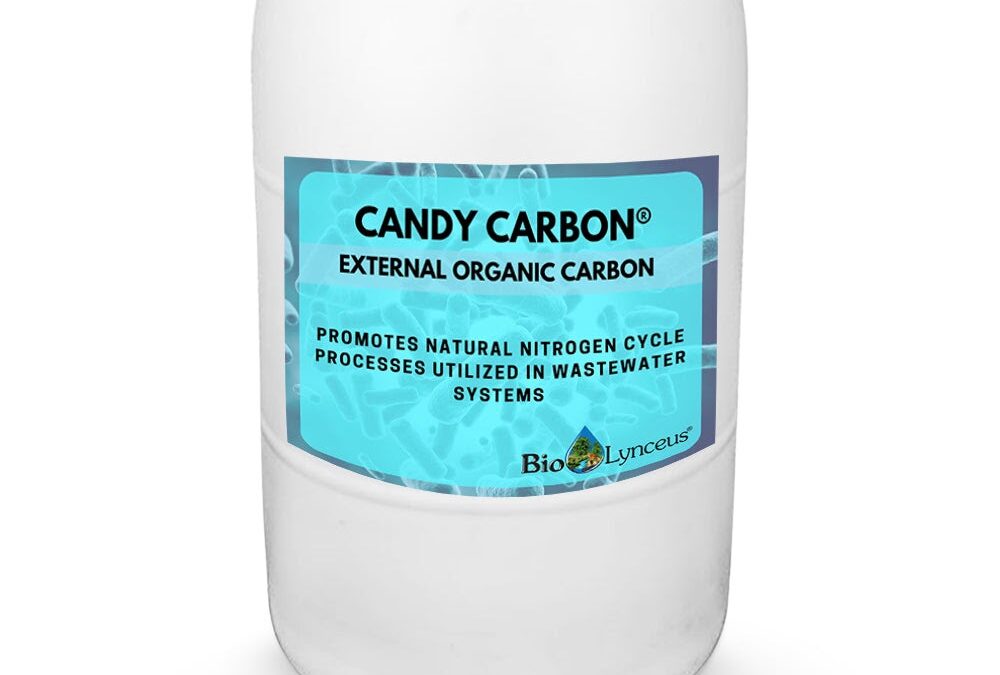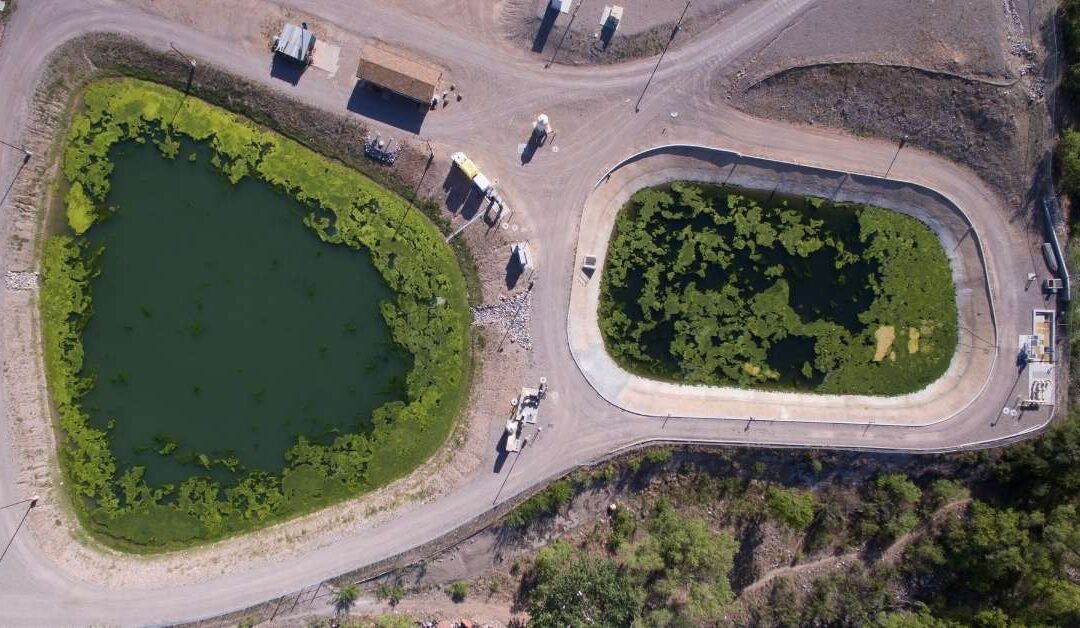by Juls Clemente | May 20, 2021 | White Papers - Gated
When starting up a wastewater plant, the biological seed used can influence future treatment efficiency and operational challenges. Domestic activated sludge or digester sludge seeding has potential to introduce unwanted biological and solids contaminants that can...
by Juls Clemente | Jan 7, 2021 | White Papers - Gated
FOG formation, accumulation and consequences FOG, fats, oils and grease create a variety of problems in sewer collection piping, lift stations and wastewater treatment plants. The most benign result of FOG maybe increased treatment cost at the wastewater plant. Figure...
by Juls Clemente | Nov 11, 2020 | White Papers - Gated
Small municipal and industrial wastewater systems may find a lagoon system, in conjunction with a mechanical plant or as the only treatment, a cost-effective means of treating the waste stream. This paper addresses applications where a lagoon is the only means of...

by Juls Clemente | Nov 11, 2020 | Denitrification, Denitrification, Wastewater Articles, Wastewater Product, White Papers - Gated
biological denitrification technology “The biological denitrification technology is based on the conventional theory that carbon is the limiting factor in the efficiency of biological denitrification. Heterotrophs utilize carbon from organic compounds like sugars,...

by Juls Clemente | Oct 8, 2020 | White Papers - Gated
Treatment plant managers and operators know the challenges of developing and maintaining the correct population and balance of organisms for optimizing the biological wastewater treatment process. It’s a daily challenge to maintain the right balance of organisms and...

by Juls Clemente | Oct 8, 2020 | White Papers - Gated
An effective activated sludge system has the capacity to remove ammonia from influent wastewater via nitrification. Several factors impacting efficient ammonia and nitrite oxidation in wastewater treatment include, temperature, and abundance of carbonaceous and...




